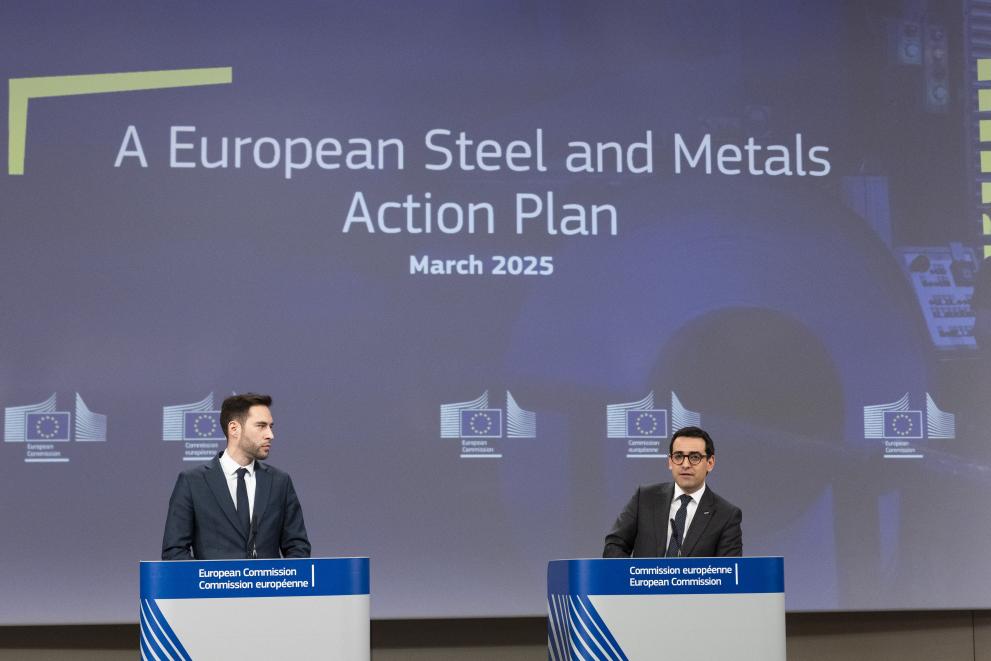The European Commission’s Steel and Metals Action Plan: Progress and Remaining Challenges

The European Commission has unveiled its Steel and Metals Action Plan, an ambitious strategy aimed at safeguarding the competitiveness of Europe’s steel sector while preparing for its transition toward sustainability. By comparing this plan against investor priorities for transforming the sector, we highlight notable progress made as well as areas where further action is required.
Objectives and Strategic Vision
The Steel and Metals Action Plan is centered on six key objectives:
- Ensuring affordable and secure energy supply for the industry.
- Mitigating risks associated with carbon leakage.
- Strengthening European capacity in steel production.
- Advancing circularity within steelmaking and recycling processes.
- Accelerating decarbonisation while minimizing associated risks.
- Preserving quality industrial jobs during the transition.
These objectives reflect a focused approach to addressing the immediate and long-term challenges facing the industry, including the need for sustainable growth, economic resilience, and competitiveness within a global context.
Circularity in the Steel Value Chain
The plan acknowledges the importance of enhancing circularity in steel production processes. By addressing contamination issues in recycled steel and proposing incentives for high-quality recycled content—particularly in key sectors like automotive—it lays the groundwork for progress in this area. Additional efforts include stabilizing the supply of scrap within the EU while maintaining competitiveness for recyclers.
Despite these measures, gaps persist in tackling material substitution and product redesign, both of which are critical for reducing resource consumption and improving efficiency. These areas warrant further exploration and action to fully realize circularity in steelmaking.
Decarbonisation Efforts
Electrification and renewable hydrogen are key elements of the plan’s approach to decarbonisation. These technologies are highlighted as promising pathways for low-carbon steel production, alongside complementary solutions such as Carbon Capture and Storage (CCS).
While these strategies provide a strong foundation, financial mechanisms to support decarbonisation—like carbon contracts for difference—lack sufficient clarity. The absence of detailed timelines for transitioning from traditional blast furnaces to low-carbon alternatives is another notable gap. Clearer frameworks and implementation plans are essential for accelerating progress in this domain.
Stimulating Demand for Green Steel
The Action Plan introduces measures to drive demand for green steel, including public procurement criteria that prioritize decarbonised steel products. These efforts are supported by upcoming legislative developments, such as the Industrial Decarbonisation Acceleration Act.
However, additional financial incentives—such as subsidies, tax exemptions, or rebates—are needed to ensure widespread adoption. Similarly, mechanisms for stimulating demand for green virgin steel remain absent, indicating a need for more comprehensive approaches to creating robust market demand.
Workforce Transition and Job Security
The plan recognizes the importance of protecting industrial jobs and ensuring a smooth workforce transition during the sector’s transformation. However, it lacks detailed strategies for implementation, leaving significant uncertainty in this area. Collaboration among industry stakeholders, social partners, and communities is vital for developing equitable frameworks that safeguard workers’ rights and ensure inclusivity throughout the transition.
The Steel and Metals Action Plan provides a solid foundation for transforming Europe’s steel industry while addressing sustainability challenges. It introduces innovative measures to support circularity, decarbonisation, and market demand for green steel, yet critical gaps in implementation and financial clarity remain. By refining these areas, the plan could unlock significant opportunities for achieving a competitive and sustainable future for European steel production.
More information: A European Steel and Metals Action Plan – European Commission
